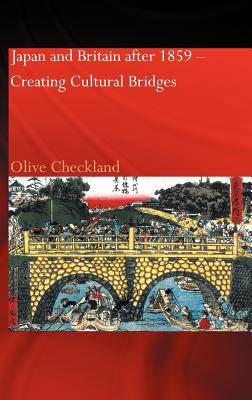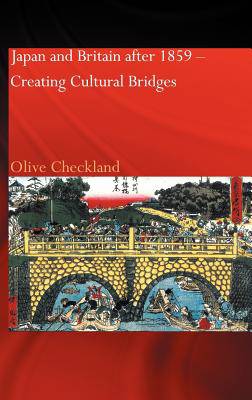
- Afhalen na 1 uur in een winkel met voorraad
- Gratis thuislevering in België vanaf € 30
- Ruim aanbod met 7 miljoen producten
- Afhalen na 1 uur in een winkel met voorraad
- Gratis thuislevering in België vanaf € 30
- Ruim aanbod met 7 miljoen producten
Zoeken
€ 182,45
+ 364 punten
Uitvoering
Omschrijving
In the years following Japan's long period of self-imposed isolation from the world, Japan developed a new relationship with the West, and especially with Britain, where relations grew to be particularly close. The Japanese, embarrassed by their perceived comparative backwardness, looked to the West to learn modern industrial techniques, including the design and engineering skills which underpinned them. At the same time, taking great pride in their own culture, they exhibited and sold high quality products of traditional Japanese craftsmanship in the West, stimulating a thirst for, and appreciation of, Japanese arts and crafts. This book examines the two-way bridge-building cultural exchange which took place between Japan and Britain in the years after 1859 and into the early years of the twentieth century. Topics covered include architecture, industrial design, prints, painting and photographs, together with a consideration of Japanese government policy, the Japan-Britain Exhibition of 1910, and commercial spin-offs. In addition, there are case studies of key individuals who were particularly influential in fostering British-Japanese cultural bridges in this period.
Specificaties
Betrokkenen
- Auteur(s):
- Uitgeverij:
Inhoud
- Aantal bladzijden:
- 256
- Taal:
- Engels
Eigenschappen
- Productcode (EAN):
- 9780700717477
- Verschijningsdatum:
- 7/11/2002
- Uitvoering:
- Hardcover
- Formaat:
- Genaaid
- Afmetingen:
- 177 mm x 227 mm
- Gewicht:
- 562 g

Alleen bij Standaard Boekhandel
+ 364 punten op je klantenkaart van Standaard Boekhandel
Beoordelingen
We publiceren alleen reviews die voldoen aan de voorwaarden voor reviews. Bekijk onze voorwaarden voor reviews.











